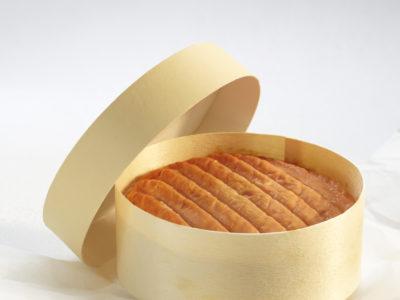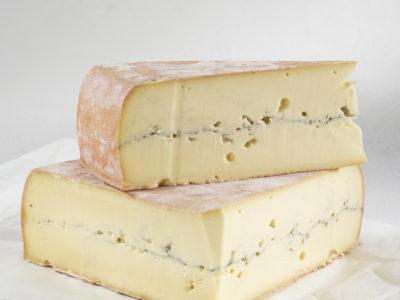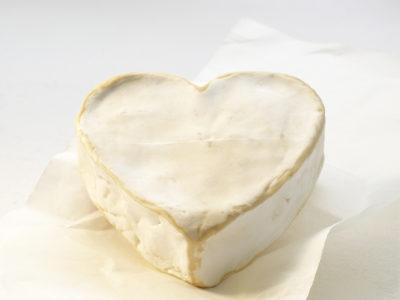Saint-Marcellin
"Authentic" cheesesThis small natural rind cheese is made with raw or pasteurized cow’s milk.
It carries the name of its native town located in the Vercors area of Isère among walnut orchards that produce the famous Grenoble A.O.C. walnuts.
The first traces of Saint Marcellin cheese go back to the 15th century. At the time, it was exclusively made from goat’s milk.
Louis XI is said to have discovered it during a convalescence near Vercors after having a hunting accident there; during his stay, lumberjacks were said to have shared this local cheese with him. The king would later introduce Saint Marcellin to the royal table.
Beginning in the 18th century, goat breeding gradually lessened and cow breeding increased, and Saint Marcellin became a mixed-milk cheese before becoming a cow’s milk cheese.
The rind is very thin, with a light whitish down and sometimes a few blue marks. Its creamy-colored paste reveals no holes.
Health & nutrition
Flavours & sensory qualities
Saint Marcellin can be enjoyed at all levels of maturity, from fresh to dry to creamy or runny. When it is runny, you will find it sold in a terracotta dish. The most common level of maturity is the intermediary « entre-deux ». It generally melts in the mouth with a slightly salty taste, a nice freshness, and flavors of fresh milk and hazelnut.
 繁體中文
繁體中文  简体中文
简体中文  한국어
한국어  Français
Français 




